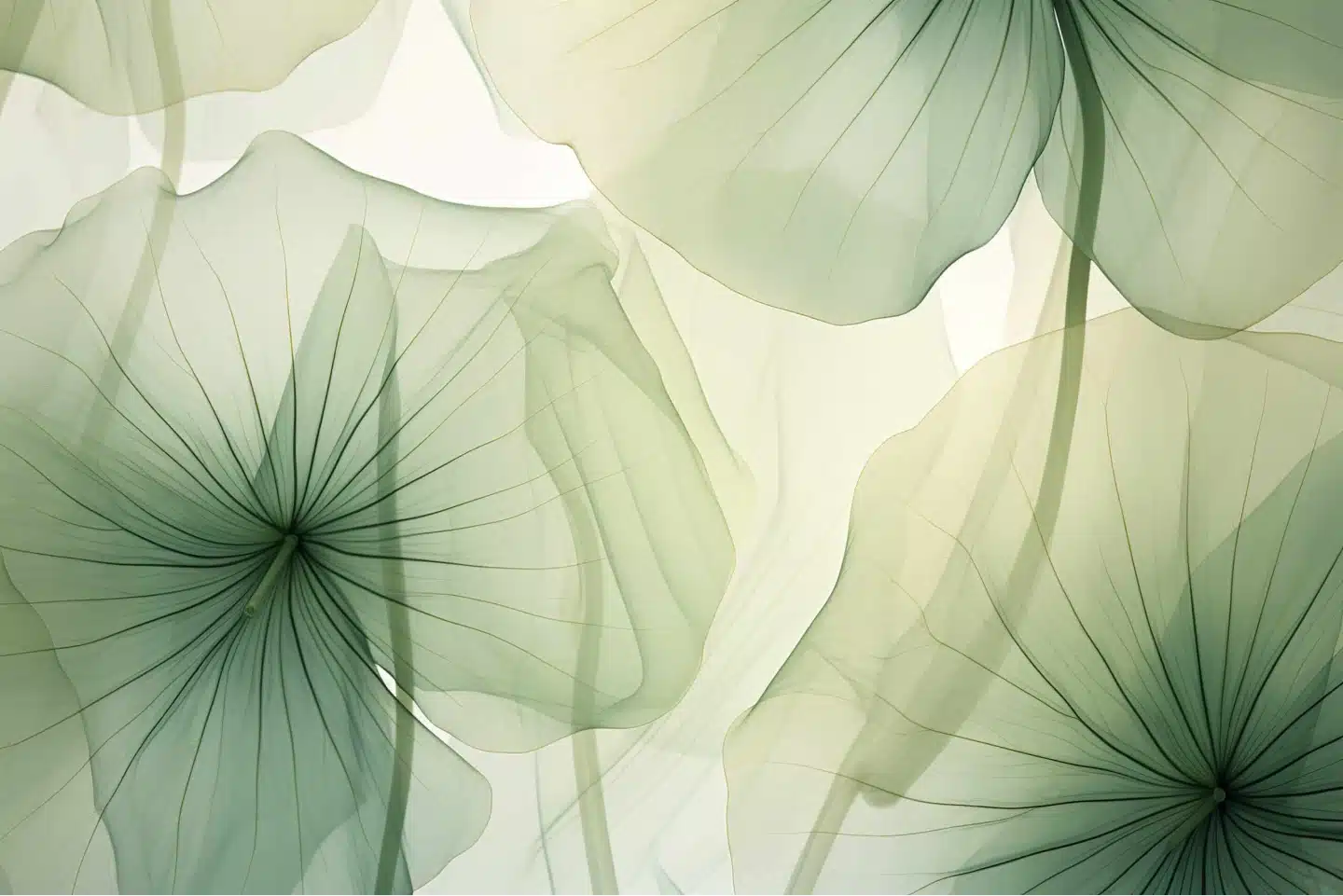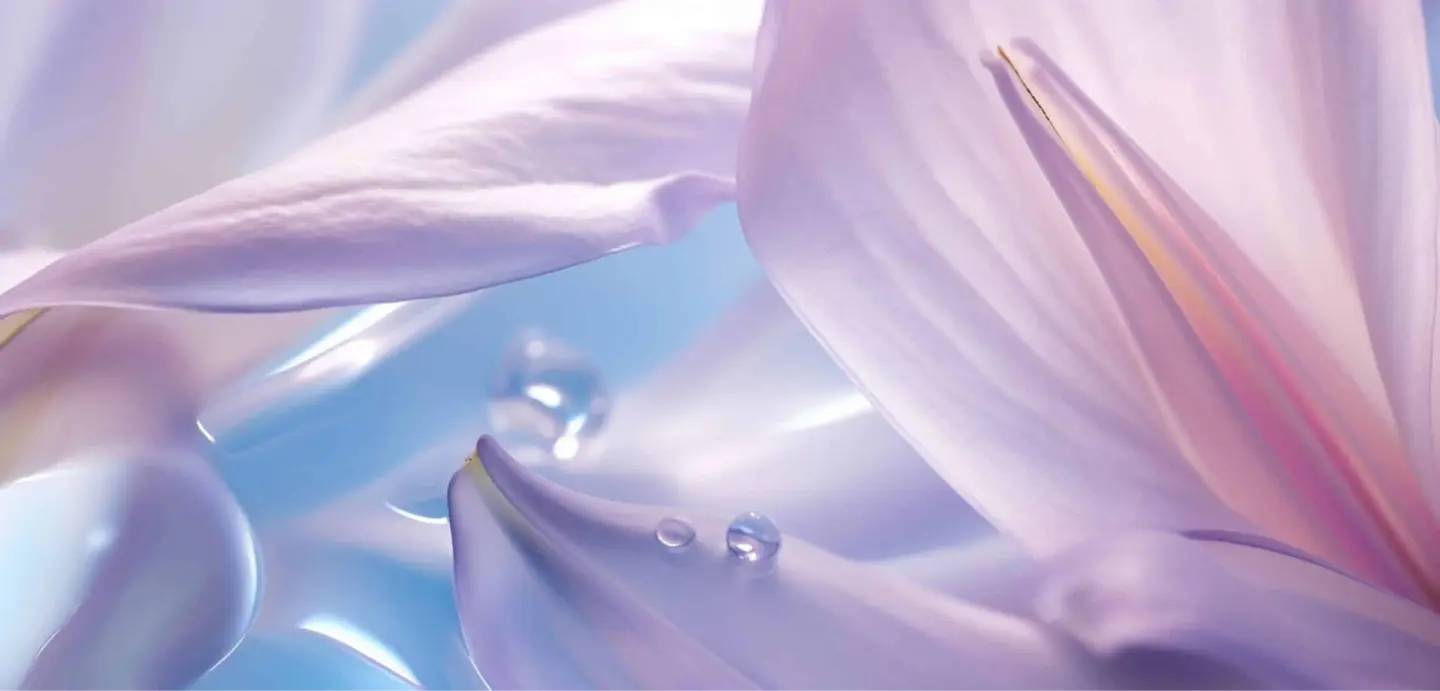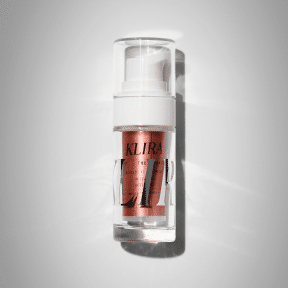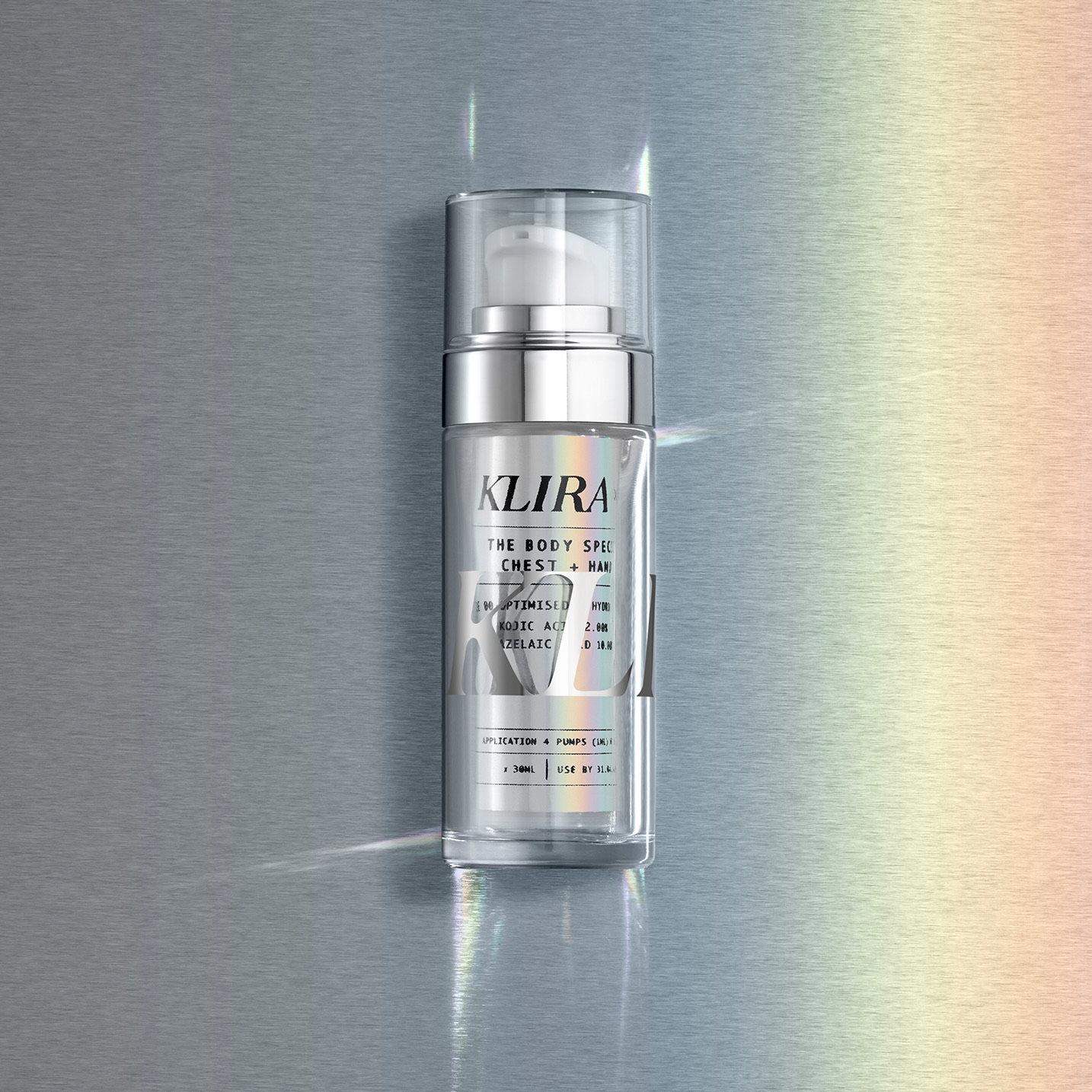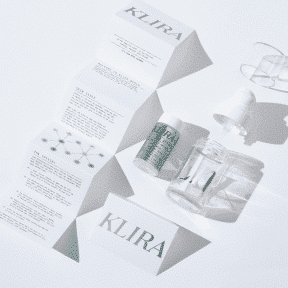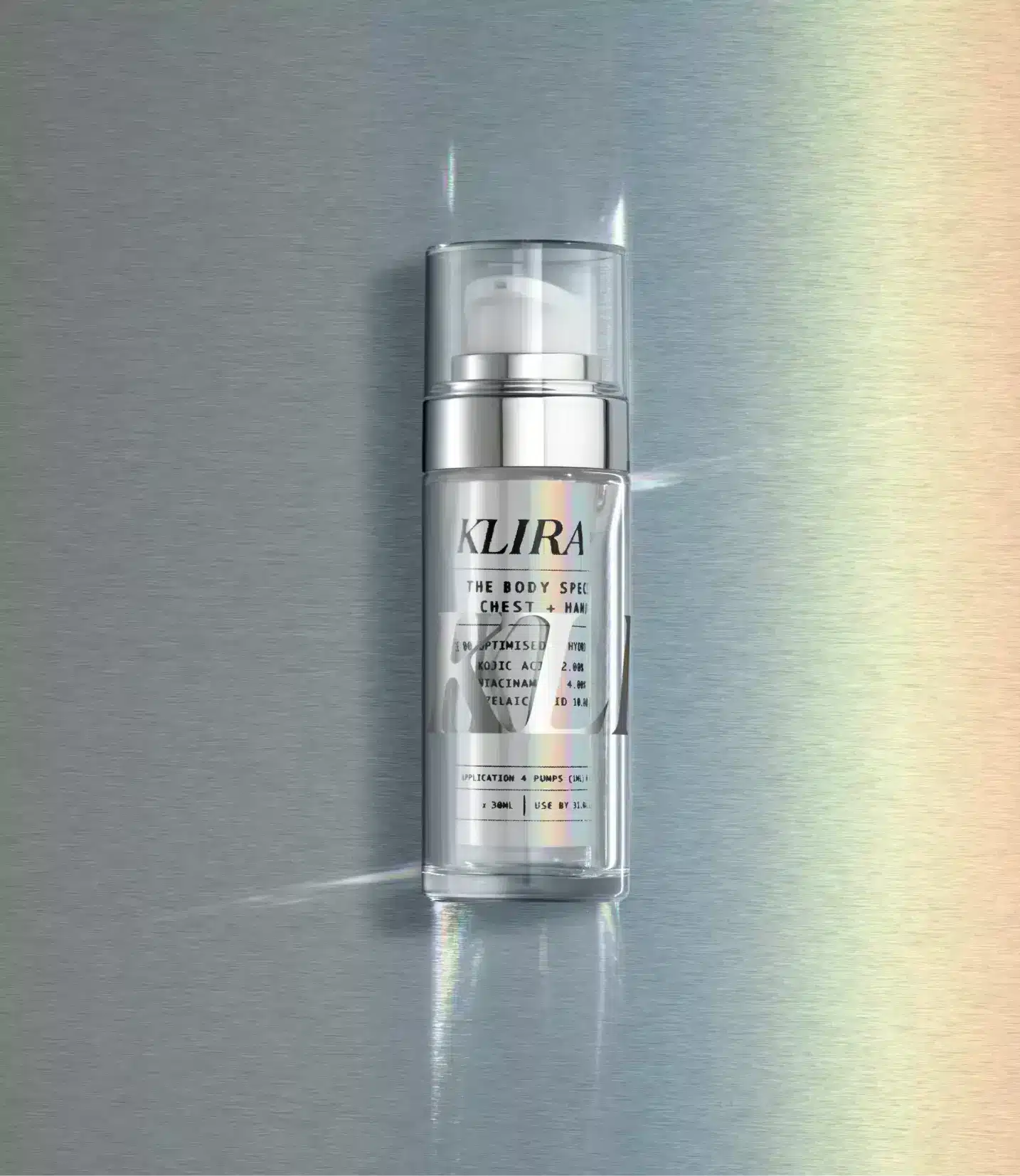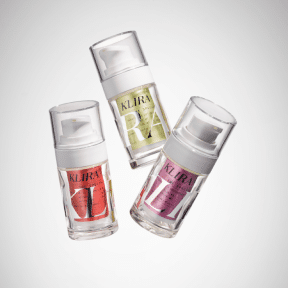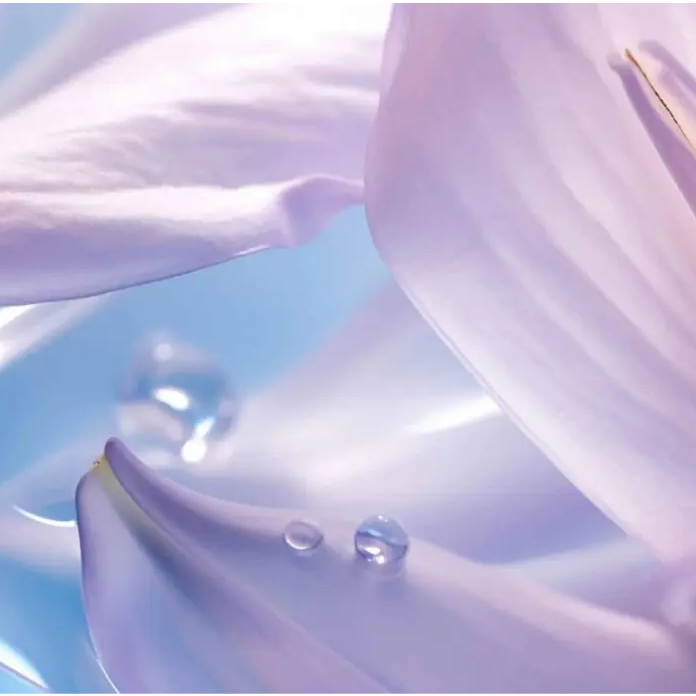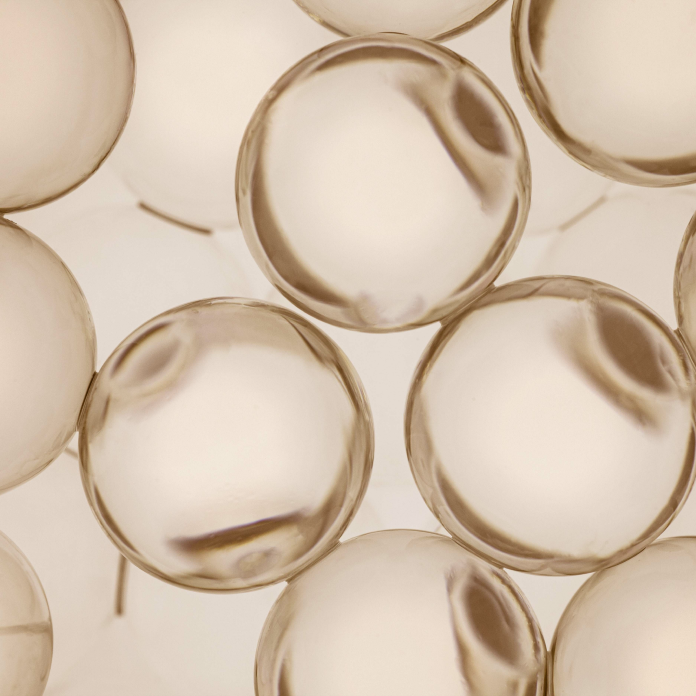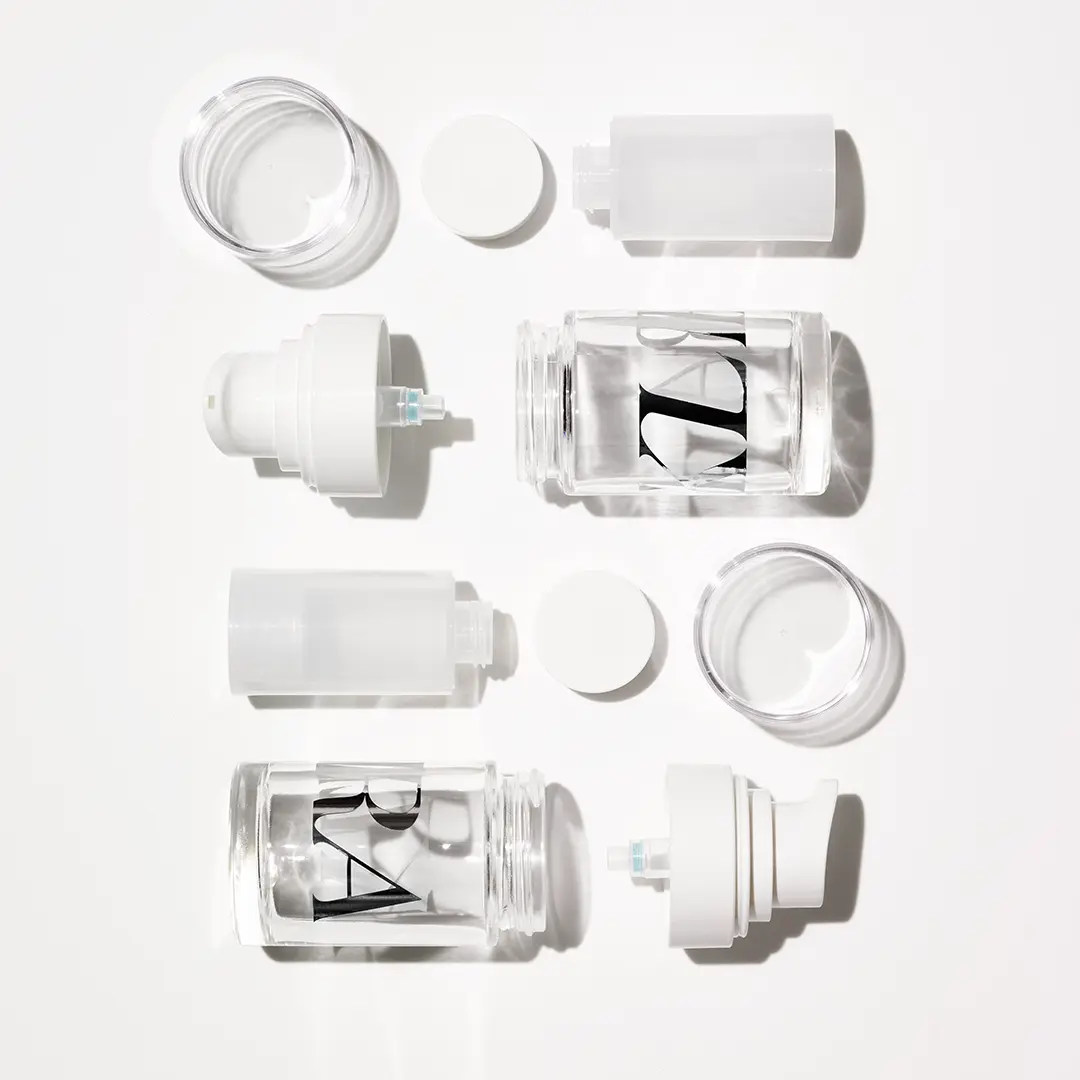
By Dr Cristina Psomadakis
What is Perioral Dermatitis?
You might think little red pus-filled bumps around your chin and mouth means acne, but in fact you could have a condition known as perioral dermatitis. Perioral dermatitis, also called periorificial dermatitis, is often mistaken as acne, or even a rash requiring steroids, but the treatments are quite different!

Understanding perioral dermatitis
It primarily affects the areas around the mouth, nose, and sometimes the eyes and causes red, bumpy, and often itchy or burning patches and bumps (papules and pustules). No one quite knows what causes perioral dermatitis, but here are some common triggers you should be aware of:
- Topical and inhaled steroids. People who require steroid inhalers for conditions like asthma can get perioral dermatitis, and sometimes people are incorrectly prescribed topical steroids when the condition first starts, which in fact can make it worse.
- Fluoride in toothpaste and mouthwashes. Some people find their perioral dermatitis improves when the switch to fluoride-free oral hygiene products.
- Heavy occlusive cosmetic products. Very thick, greasy facial products can make it worse in some.
- Genetics can make you more prone to it.
Basic skincare tips for perioral dermatitis
The good news is that there are treatments available! The absolute key is to make sure to get the diagnosis correct and identify the condition correctly. At Klira we can assist with identifying and treating perioral dermatitis. Here are the main steps in managing perioral dermatitis:
- It is crucial to recognise and then avoid your triggers
- Use gentle, fragrance free skincare and a simple routine without too many products
- You may require prescribed medical therapy; this can include topical or oral antibiotics
- Resist the urge to pick or pop your spots
- Protect your skin from harsh weather conditions
- Manage stress levels
Perioral dermatitis can be challenging to experience and manage but is a treatable condition with the right approach. Understanding your triggers and symptoms, along with adhering to a tailored treatment plan, can lead to significant improvement and Klira are here to help.
Further research on perioral dermatitis
https://link.springer.com/article/10.1007/s40257-014-0067-7
https://onlinelibrary.wiley.com/doi/abs/10.1111/jocd.14060
Our Dermatology Team will review your SkinSize™ Analysis, medical information, and photos to decide which ingredients you will receive in your bespoke formula.





















